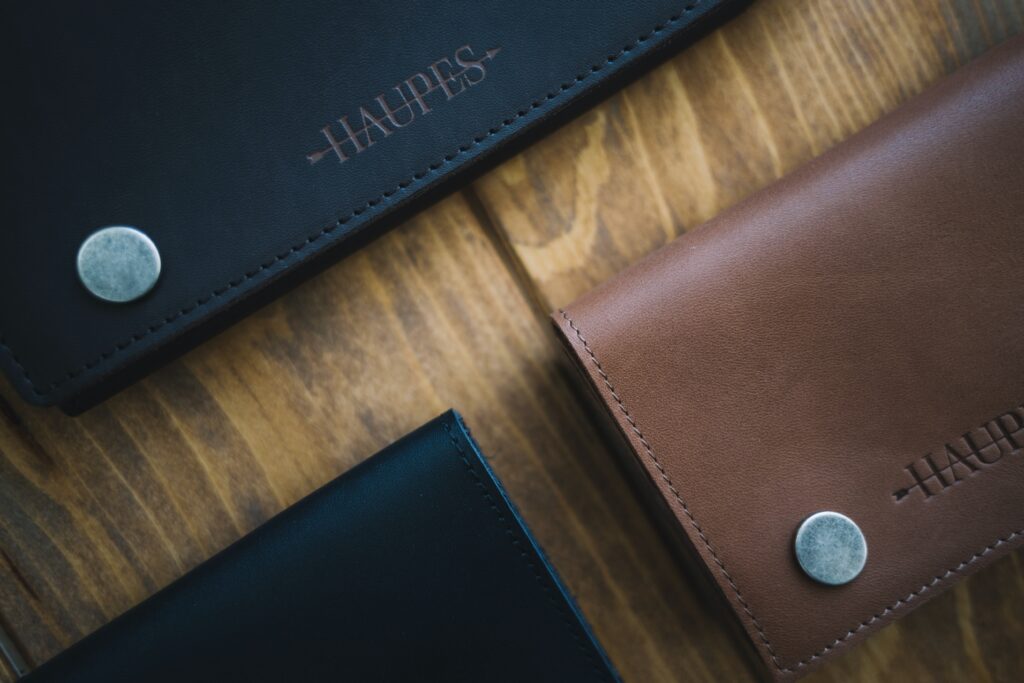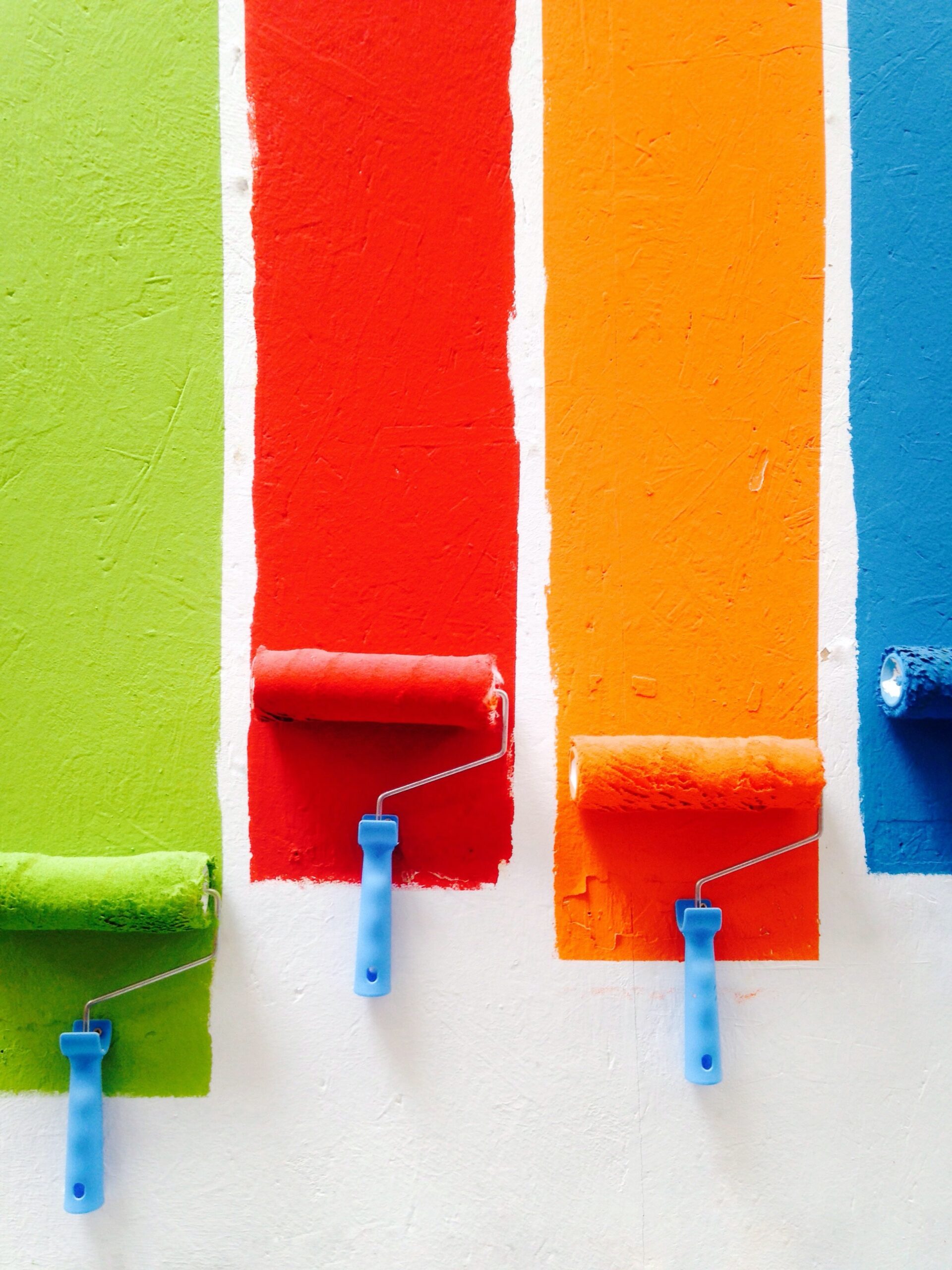So, you’ve just finished painting a beautiful design on your leather item using acrylic paint, but now you’re wondering how to seal it to ensure it lasts. Fear not, because in this article, we will guide you on exactly how to seal acrylic paint on leather. Whether it’s a pair of shoes, a bag, or even a jacket, we’ve got you covered with easy-to-follow steps that will protect your artwork and keep it looking vibrant for years to come. So, let’s get started and learn the secrets of sealing acrylic paint on leather!

Preparation
Before applying acrylic paint on leather, it is essential to properly prepare the surface. Follow these steps to ensure the best results:
Clean the Leather Surface
Start by cleaning the leather surface using a mild soap or leather cleaner. Gently wipe away any dirt, dust, or oil using a soft cloth or sponge. Make sure to clean all areas that will be painted to ensure proper adhesion.
Sand the Leather
Next, use a fine-grit sandpaper or sanding block to lightly sand the leather surface. This step helps to roughen up the surface and promotes better paint adhesion. Be gentle while sanding to avoid damaging the leather.
Choose the Right Acrylic Paint
Selecting the right type of acrylic paint is crucial for sealing it successfully on leather. Look for acrylic paints specifically formulated for use on leather or flexible surfaces. These paints are designed to adhere better to the leather and provide a long-lasting finish.
Mix the Acrylic Paint Properly
If using multiple colors or diluting the paint, make sure to mix it well before starting. Shake the paint bottles thoroughly or stir the paint with a clean stir stick until it is evenly mixed. This step ensures that the color consistency remains uniform throughout the application process.
Applying Acrylic Paint on Leather
Once the preparation is complete, it’s time to apply the acrylic paint on the leather surface. Follow these guidelines to achieve an even and beautiful finish:
Use a Flat or Round Brush
Choose a flat or round brush with soft bristles for applying the acrylic paint. Avoid using a foam brush or any brush with coarse bristles, as they may leave unwanted texture on the leather surface. A soft brush ensures smooth and even application.
Apply Thin and Even Coats
To achieve a professional-looking finish, apply thin and even coats of acrylic paint. Avoid applying a thick layer of paint all at once, as it may crack or peel when the leather flexes. Multiple thin coats allow the paint to adhere better and dry evenly.
Allow Sufficient Drying Time
Allow each coat of paint to dry completely before applying the next one. The drying time may vary depending on the specific brand and type of acrylic paint used. Follow the instructions provided by the manufacturer to ensure proper drying time.
Apply Additional Layers if Needed
If the desired color intensity is not achieved with the initial coats, apply additional layers of paint. Repeat the thin and even application process, allowing each layer to dry before adding the next one. Building up the color gradually helps to maintain a smooth and even finish.
Sealing Acrylic Paint on Leather
Sealing the acrylic paint on leather is essential to protect the painted surface and ensure its longevity. Here’s how to seal the paint effectively:
Select a Suitable Leather Sealant
Choose a leather sealant that is compatible with acrylic paint. Look for sealants specifically formulated for use on painted or dyed leather surfaces. These sealants provide a protective layer and help to prevent the paint from cracking or fading over time.
Test the Sealant on a Small Area
Before applying the sealant on the entire painted surface, it is crucial to test it on a small, inconspicuous area of the leather. This test helps to ensure that the sealant does not interact negatively with the paint or alter its appearance. Follow the manufacturer’s instructions for the test patch.
Apply the Sealant with a Brush
Use a clean brush to apply the leather sealant. Start by applying a thin and even layer of sealant over the painted surface. Make sure to cover all areas evenly, including the edges and corners. Avoid applying the sealant too thickly, as it may result in an uneven finish.
Ensure Even Coverage
While applying the sealant, ensure that you achieve even coverage on the entire painted area. Check for any missed spots or uneven application, and make necessary adjustments before the sealant starts drying. This step ensures that the protective layer is evenly distributed, providing maximum durability.
Buffing and Polishing
After sealing the acrylic paint on leather, it’s time to give it a final touch-up to enhance its appearance. Follow these steps to buff and polish the sealed paint:
Wait for Complete Drying
Allow the sealant to dry completely before proceeding with the buffing and polishing process. The drying time may vary depending on the specific brand and type of sealant used. Refer to the manufacturer’s instructions to ensure sufficient drying time.
Buff the Surface Gently
Take a clean and dry cloth or a soft buffing brush and gently buff the sealed surface. Apply light pressure in circular motions to enhance the shine and smoothness of the paint. Avoid pressing too hard or using abrasive materials that may scratch or damage the painted leather.
Polish with a Soft Cloth
After buffing, use a separate clean and dry cloth to polish the surface further. This step helps to remove any remaining residue or streaks, resulting in a glossy and well-polished finish. Continue polishing until the desired shine is achieved.

Additional Tips
To ensure a successful application and sealing process for acrylic paint on leather, consider the following additional tips:
Avoid Overloading the Brush
When painting, avoid overloading the brush with too much paint. Excess paint may lead to uneven application and dripping, which can result in an unsatisfactory finish. Dip the brush lightly in the paint and remove any excess before applying it to the leather surface.
Use Light Pressure while Applying Paint
Apply the acrylic paint using light and gentle pressure. Avoid pressing too hard, as it may cause the paint to smear or distort. Let the brush smoothly glide over the leather surface, ensuring an even and consistent application.
Allow Sufficient Curing Time for Sealant
After applying the leather sealant, give it sufficient time to cure and fully bond with the paint. Curing time may vary depending on the specific brand and type of sealant used. Follow the manufacturer’s instructions for the recommended curing time before handling or using the painted leather item.
Apply Multiple Thin Coats of Sealant
Instead of applying one thick coat of sealant, opt for multiple thin coats. Thin coats allow for better adhesion and prevent the sealant from becoming too thick or clumpy. Apply each layer evenly, allowing sufficient drying time between coats.
Protect Leather from Direct Sunlight
To prevent fading or discoloration of the acrylic paint, avoid exposing the painted leather to direct sunlight for prolonged periods. Ultraviolet (UV) rays can cause the colors to fade over time. Store or display the painted leather item in a shaded area to preserve its vibrancy.
Removing Acrylic Paint from Leather
In case of any mistakes or unwanted paint on leather, follow these steps to remove acrylic paint:
Act Quickly to Remove Wet Paint
If the paint is still wet, act quickly by blotting it gently with a damp cloth or sponge. Avoid rubbing the wet paint, as it may spread or push the paint further into the leather. Blotting helps to absorb the excess paint before it dries and becomes more challenging to remove.
Scrape Off Dried Paint Gently
If the paint has already dried, use a dull blade or a plastic scraper to gently scrape off the excess paint. Be careful not to scratch or damage the leather surface while scraping. Work slowly and use small, controlled movements to minimize any potential damage.
Use Alcohol or Acetone for Stubborn Stains
For stubborn paint stains that are difficult to remove, dampen a clean cloth with isopropyl alcohol or acetone. Gently rub the stained area with the damp cloth, using light pressure. Be cautious and test the alcohol or acetone on a small, inconspicuous area first to ensure it does not damage or discolor the leather.
Consider Professional Help if Necessary
If you encounter persistent or extensive paint stains on leather that you are unable to remove, it is advisable to seek professional assistance. Professional leather cleaners or restorers have the expertise and specialized tools to safely remove paint stains without causing any harm to the leather.

Precautions
While applying and sealing acrylic paint on leather, it is essential to take certain precautions to ensure your safety and protect the leather:
Work in a Well-Ventilated Area
Ensure that you work in a well-ventilated area to avoid inhaling potentially harmful fumes from the acrylic paint or sealant. Open windows or use fans to improve air circulation during the painting process. This ventilation reduces the risk of respiratory discomfort or adverse health effects.
Wear Protective Gloves
To protect your hands from the paint and sealant, wear disposable or protective gloves while working. Gloves help prevent contact with potentially harmful substances and make the cleanup process easier. Choose gloves that offer a good grip and allow for dexterity while working on delicate leather surfaces.
Avoid Painting Sensitive Leather Areas
Some leather areas, such as stitching, handles, or hardware, may be more sensitive or prone to damage from the paint. Avoid painting these areas to preserve their original appearance and prevent potential damage. If necessary, cover these sensitive areas with tape or a protective barrier before painting.
Follow Manufacturer’s Instructions
Always read and follow the manufacturer’s instructions provided with the acrylic paint, sealant, or any other products used. Each product may have specific recommendations for application, drying time, and safety precautions. Adhering to the instructions ensures the best results and helps to avoid any unforeseen issues.
Frequently Asked Questions
Can I seal acrylic paint on all types of leather?
Acrylic paint can generally be sealed on most types of leather. However, it is recommended to test the paint and sealant on a small, inconspicuous area first to ensure compatibility and satisfactory results.
How long does it take for the acrylic paint to dry on leather?
The drying time of acrylic paint on leather can vary depending on factors such as humidity, temperature, and the specific brand of paint used. It is best to refer to the manufacturer’s instructions for the recommended drying time.
Can I use a hairdryer to speed up the drying process?
Using a hairdryer can potentially cause the paint to dry too quickly, leading to an uneven finish or cracking. It is recommended to let the paint air dry naturally or follow the manufacturer’s recommended drying time.
Is it necessary to seal the acrylic paint on leather?
Sealing the acrylic paint on leather is highly recommended to protect the painted surface from wear, fading, and damage. The sealant provides a protective barrier and enhances the durability and longevity of the paint.
Will sealing the acrylic paint alter its appearance?
Sealing the acrylic paint on leather should not significantly alter its appearance. However, it is advisable to test the sealant on a small area first to ensure that it does not affect the color or texture of the paint. Select a sealant that is specifically designed for use on painted leather surfaces to minimize any potential alterations.

Conclusion
Sealing acrylic paint on leather provides protection and durability, ensuring that your painted leather items stay beautiful for a long time. By following the proper preparation, application, and sealing techniques, you can achieve excellent results. Remember to choose the right acrylic paint, apply thin and even coats, and use a suitable leather sealant. Always take necessary precautions, and if needed, seek professional help for paint removal or restoration. With these tips and techniques, you can confidently seal acrylic paint on leather and enjoy your beautifully painted leather creations.



